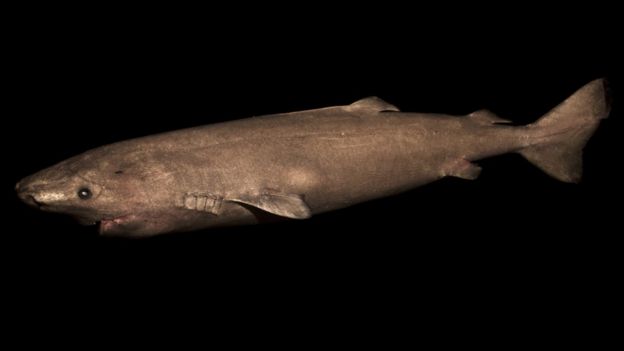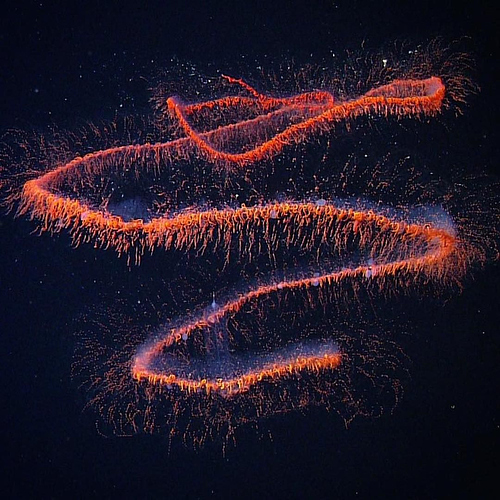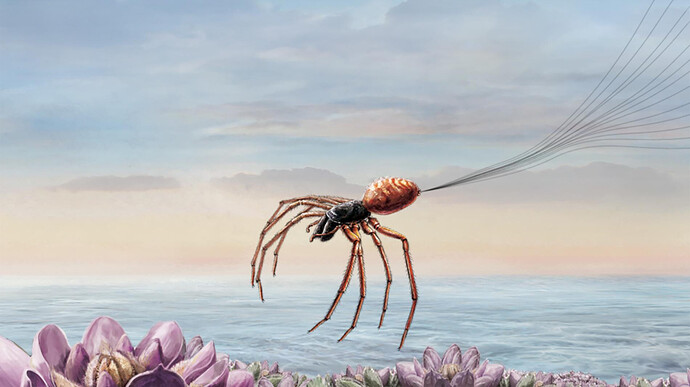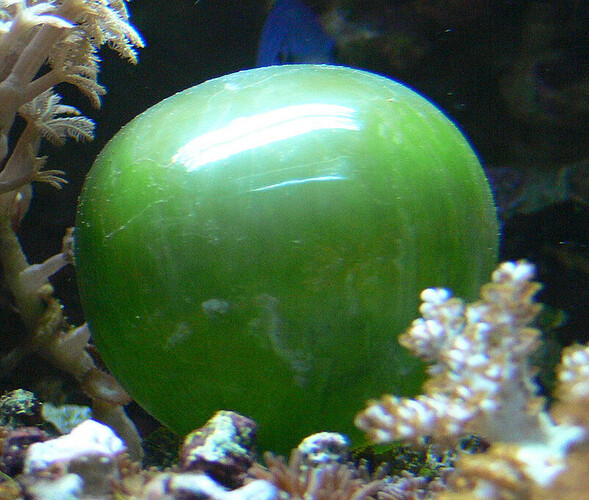oh god
its been a long time since i last saw one of their vids
Aww how cute! Spidas is cool in other ways too, they can only digest liquid, so they do their digesting outside of their bodies, they also have a cool selection of eyes, and have fused exoskeleton bits.
After going through this whole thread and not seeing Xenophyophores even mentioned once, I have to give them a special mention. Xenophyophores are polynucleate, unicellular organisms capable up growing up to 8 inches around. They live on the deep sea floor, and can build shells (called tests) using marine mineral debris and a sort of organic cement that they produce. Their shells are usually calcium carbonate but can also include metals like lead or even uranium. They’re super cool and I love them.
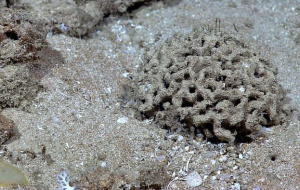
2 posts were merged into an existing topic: THE NEW Miscellaneous Talk That Doesn’t Deserve A New Thread Thread Thread
Those are really cool, multinucleates are so interesting. I wonder if they have internal barriers or whether their entire internal space is one continuous space of cytoplasm.
Also check out this 400 year old shark! Seems to be the oldest vertebrate.
Yes… Oldest vertebrate on earth.
And now i want to tell about crocodile’s immune system.
Possibly, you know, that crocodiles often get injuries. And they live in extremely dirty pond. How do they not die by bacterias and viruses?
Their immune system work another way, not as our. This difference is in the CAMP - cation antimicrobial peptides - group of protein, characteristics with antimicrobial activity.
Actually, they were found near to 20 years old in insects’ hemolymph and near to 50 years in plants, but the crocodile’s example is brightest. Possibly, if in Thrive will be added the pathogenetic organisms, we should add types of immune system too. Also, we should understand, how to realise similar transformations and why did human, for example, not get the cells, synthetic CAMP.
And again good bye. Hope, this was interesting for you
I would love to create a immune system, speaking of crocodiles, the crocodilia order is the last surviving order of archosoars.
aren’t birds also archosaurs?
well; anyway i might as well add some creatures;
siphonophores have always fascinated me; they’re essentially colonial jellyfish. Chances are you’re already familiar with one (the infamous Portuguese man o war). I also think siphonophores are just really pretty.
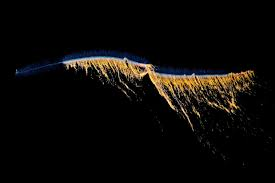
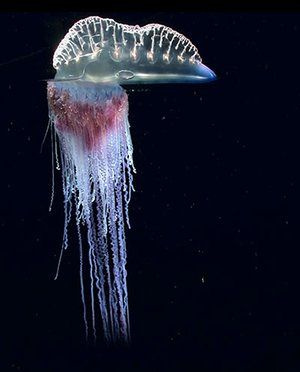
well; not really crocodiles; more so their bodyplan. its really facinating how life has convergently evolved “crocodile’s” on numerous occasions. its similar to carcination but with crocodile esk bodies independantly evolving.

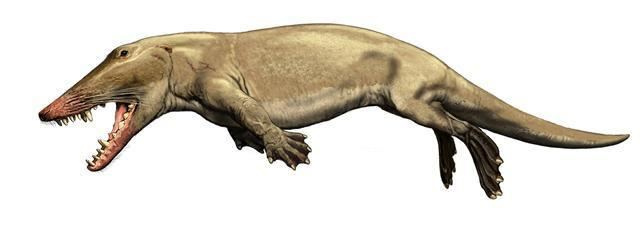
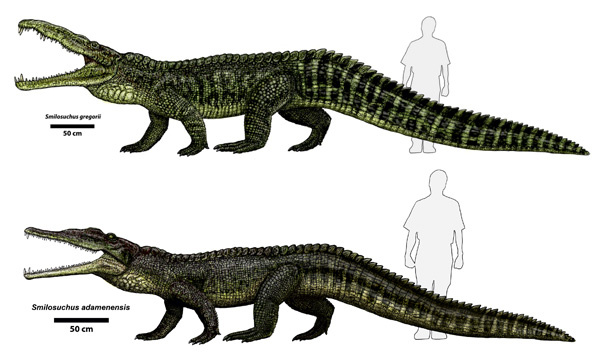
Yeah, but they are quite differentiated from all the older archosaurs, like, do we call mammals warm blooded reptiles? Also i love cancination.
No matter how much a species differentiates it will always be in the same group as its ancestor. its a simple rule of phylogeny.
Ok… But sense vertebry’s ancestors must have gotten there notochords somewhere, which means that sometime they didn’t have anything like a backbone, so are vertebrates invertibres? Sorry I just love… No idea really.
I think what’s confusing you is the system of classification being used.
No we do not classify vertebrates as invertebrates. we classify them as bilaterians because vertebrates are the decendants of bilaterians which lacked any sort of notochord.
Man clades and Belgium is weird.
Man Siphonophores are awesome! So awesome I even have favorite siphonophores like the blue button and praya dubia.
Both of these are really cool examples of colonial organisms having really cool adaptations and body plans.
Edit: Actually turns out blue buttons are not siphonophores but chondrophores. Still awesome though.
Here are some flying spiders
https://www.nationalgeographic.com/news/2015/08/150818-spiders-animals-science-flying-forests/
Today I found some shrimps from the genus Synalpheus are the only aquatic eusociality (like ants and bees) alives. They are living in sponges In groups of up to 300 units, very similar to ants (except they can still reproduce in case the queen dies).

Awsome! Sadly I think icky naked mole rats are the only eusocial non-arthropods I can think of, I think we should have more eusocial critters.
“Eusocial its soo underrated”
but we still dont know how eusocial form
